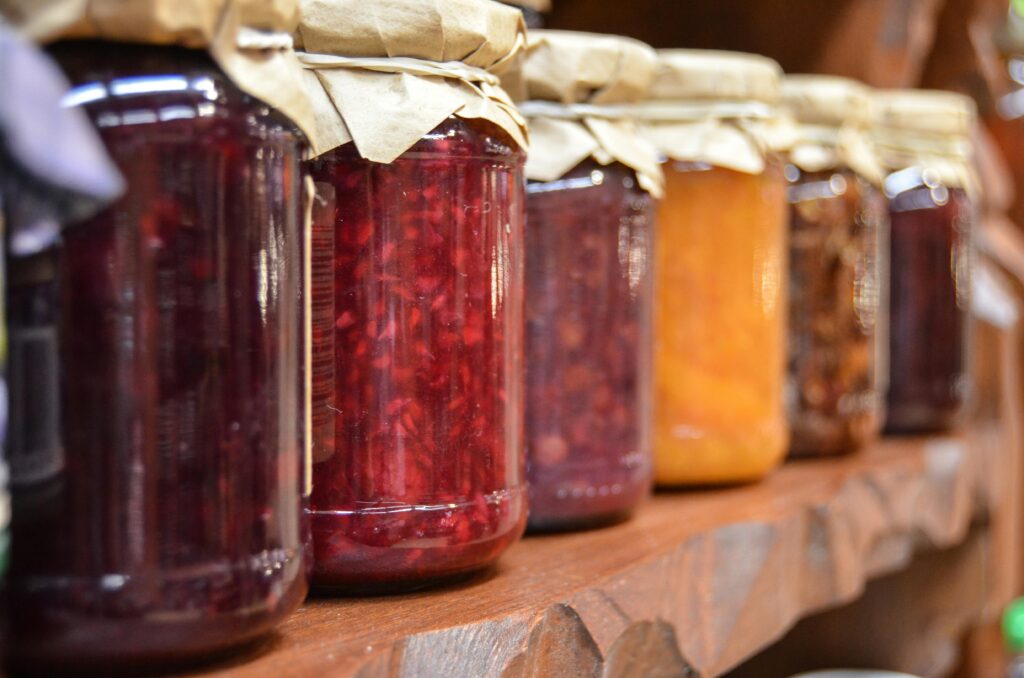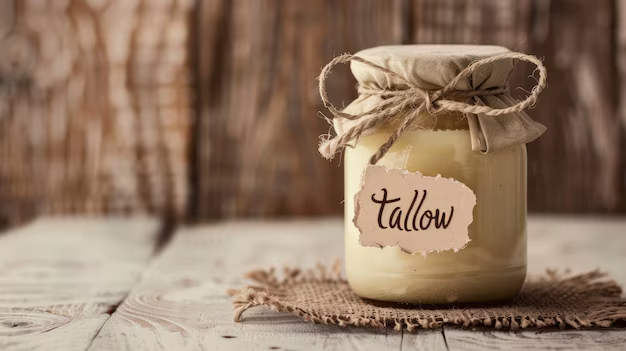Building a Home Apothecary: Essential Herbs and Oils for Your Wellness Kit
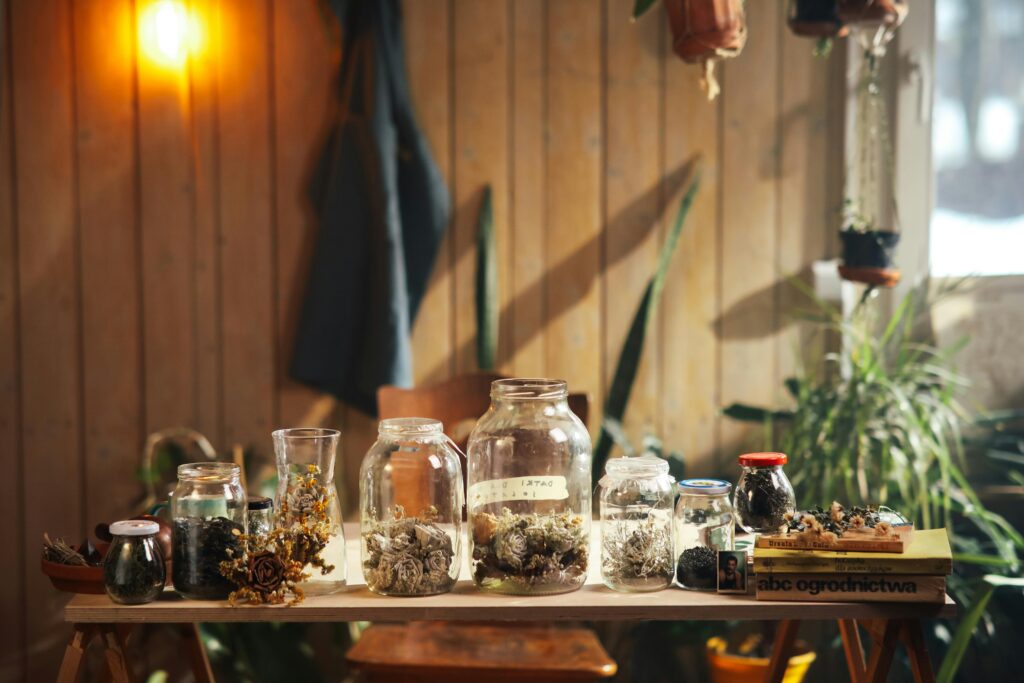
In today’s world of modern medicine and synthetic products, many people are rediscovering the wisdom of using herbs, essential oils, and natural remedies to support health and wellness. Creating your own home apothecary allows you to tap into nature’s pharmacy, empowering you to take charge of your health in a natural and holistic way. Check out this Forgotten Home Apothecary- 250 powerful recipes at your fingertips book to start your home apothecary journey. This product is highly recommended.
A well-stocked home apothecary includes essential herbs, oils, tinctures, and salves that can address common ailments, promote general wellness, and even enhance your emotional well-being. Whether you’re a seasoned herbalist or just beginning your journey into natural remedies, a home apothecary can provide safe, effective, and affordable alternatives to store-bought products.
In this comprehensive guide, we’ll explore the essential herbs and oils every home apothecary should have, how to use them, and how you can begin building your very own wellness kit.
Why Build a Home Apothecary?
A home apothecary is essentially a personal, well-curated collection of herbs, oils, and remedies that support overall health and wellness. The beauty of creating your own apothecary is that it allows you to:
- Take control of your health: You can treat minor ailments like headaches, digestive issues, and anxiety with natural remedies.
- Save money: Homemade tinctures, salves, and herbal teas are often much cheaper than store-bought alternatives.
- Reduce exposure to chemicals: Many over-the-counter medications and beauty products contain artificial ingredients and chemicals. Natural remedies offer a more holistic, chemical-free option.
- Embrace a sustainable lifestyle: Growing your own herbs or purchasing them in bulk supports sustainability and helps reduce packaging waste.
By carefully selecting key herbs and oils that offer multiple benefits, you can create a wellness kit that serves as your first line of defence against illness, stress, and discomfort. Home Apothecary- 250 powerful recipes at your fingertips book to start your home apothecary journey. This product is highly recommended.
Essential Herbs for Your Apothecary
Herbs have been used for centuries in medicine to treat everything from minor cuts to chronic conditions. Here’s a breakdown of essential herbs that are easy to grow or purchase and can be used for a variety of ailments.
1. Lavender (Lavandula angustifolia)
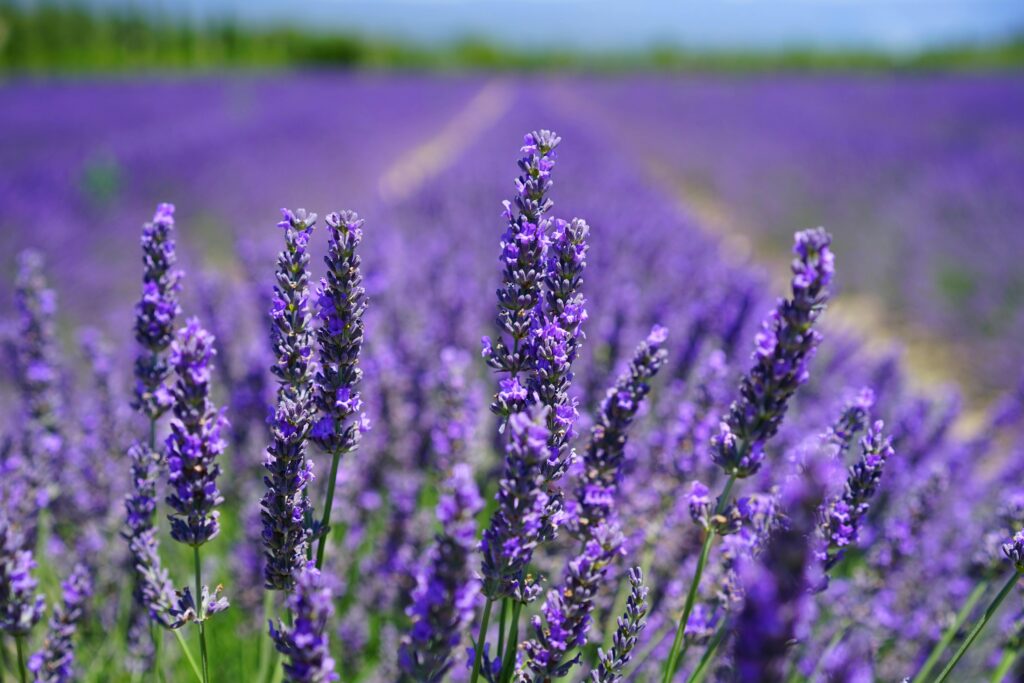
Lavender is a must-have herb in any home apothecary. Known for its calming and soothing properties, it is one of the most versatile herbs you can keep on hand. Buy fresh lavender or try French dried lavender buds here to start using it.
Uses:
- Stress & Anxiety: Lavender has natural calming properties that help reduce stress and anxiety.
- Sleep Support: Lavender oil is commonly used in aromatherapy to improve sleep quality.
- Skin Care: Lavender oil can be used to soothe burns, cuts, and insect bites.
How to Use:
- Add a few drops of lavender essential oil to a diffuser to promote relaxation.
- Steep dried lavender in hot water to make a calming tea.
- Create a lavender-infused oil or salve for topical use on skin irritations.
2. Echinacea (Echinacea purpurea)

Echinacea is a powerhouse herb for immune support. It has been shown to help boost the immune system, making it particularly useful during cold and flu season.
Uses:
- Immune Boosting: Helps prevent and shorten the duration of colds and flu.
- Anti-inflammatory: Reduces inflammation in the body, helping with pain management.
How to Use:
- Take echinacea tincture at the first sign of illness.
- Drink echinacea tea to support immune function during flu season.
3. Peppermint (Mentha × piperita)
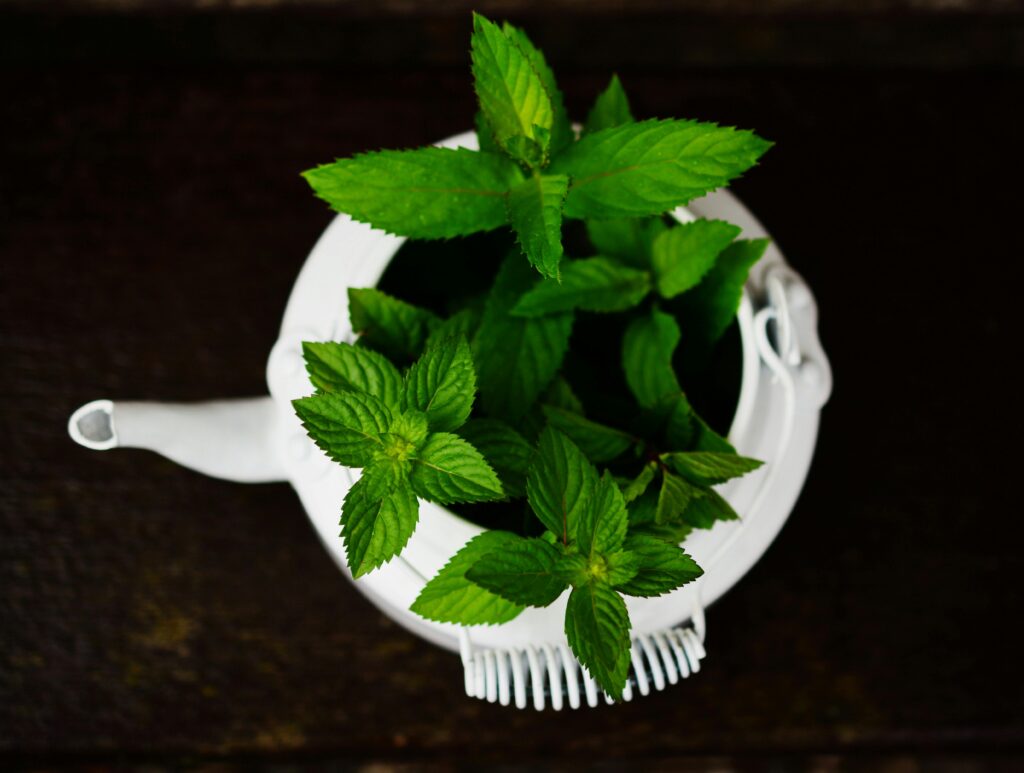
Peppermint is not only a refreshing herb, but it also has powerful medicinal properties.
Uses:
- Digestive Aid: Helps relieve nausea, indigestion, and bloating.
- Headache Relief: The menthol in peppermint can help alleviate tension headaches and migraines.
- Muscle Relaxation: Peppermint oil can be massaged into sore muscles to relieve tension.
How to Use:
- Drink peppermint tea after meals to support digestion.
- Use peppermint essential oil diluted with a carrier oil to massage temples for headache relief.
4. Chamomile (Matricaria chamomilla)
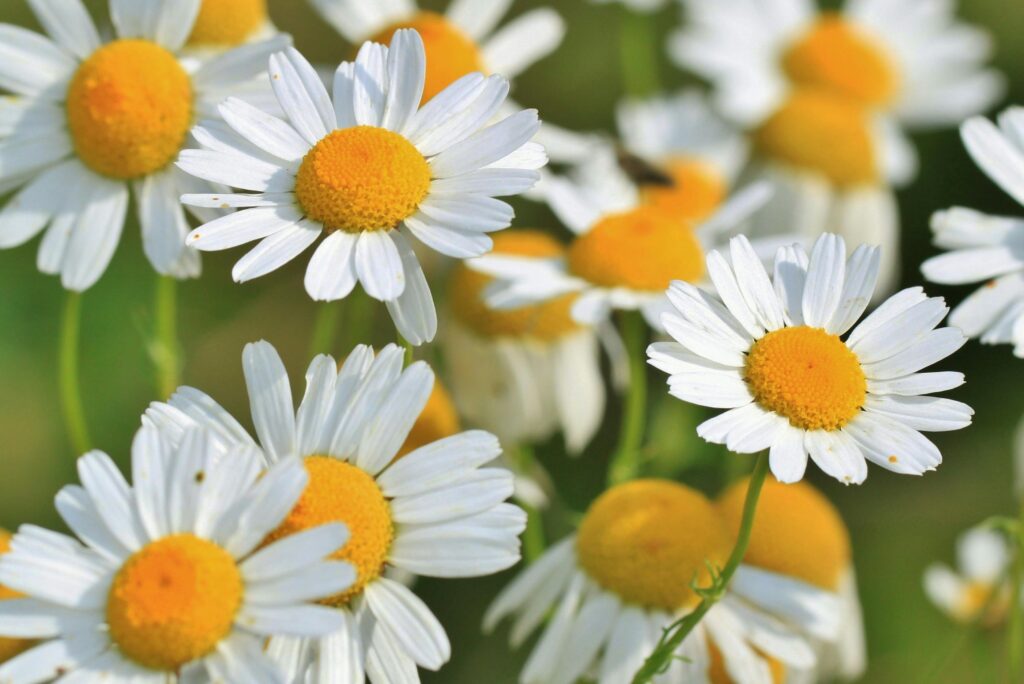
Chamomile is well-known for its ability to promote relaxation and calm the nervous system.
Uses:
- Sleep Aid: Chamomile tea is a traditional remedy for insomnia and restlessness.
- Digestive Health: Helps soothe an upset stomach and promote digestion.
- Skin Care: Chamomile has anti-inflammatory properties that can calm irritated skin.
How to Use:
- Drink chamomile tea before bedtime to promote restful sleep.
- Apply a chamomile infusion topically to irritated skin or minor burns.
5. Ginger (Zingiber officinale)

Ginger is a powerful herb with many medicinal uses. It has a long history of being used to treat digestive issues and inflammation.
Uses:
- Nausea Relief: Ginger is commonly used to alleviate motion sickness, nausea, and morning sickness during pregnancy.
- Anti-inflammatory: Can help reduce pain and inflammation, making it useful for conditions like arthritis.
- Digestive Health: Promotes healthy digestion and reduces bloating.
How to Use:
- Make ginger tea to ease nausea or digestive discomfort.
- Use ginger essential oil for topical application on sore muscles.
Essential Oils for Your Apothecary
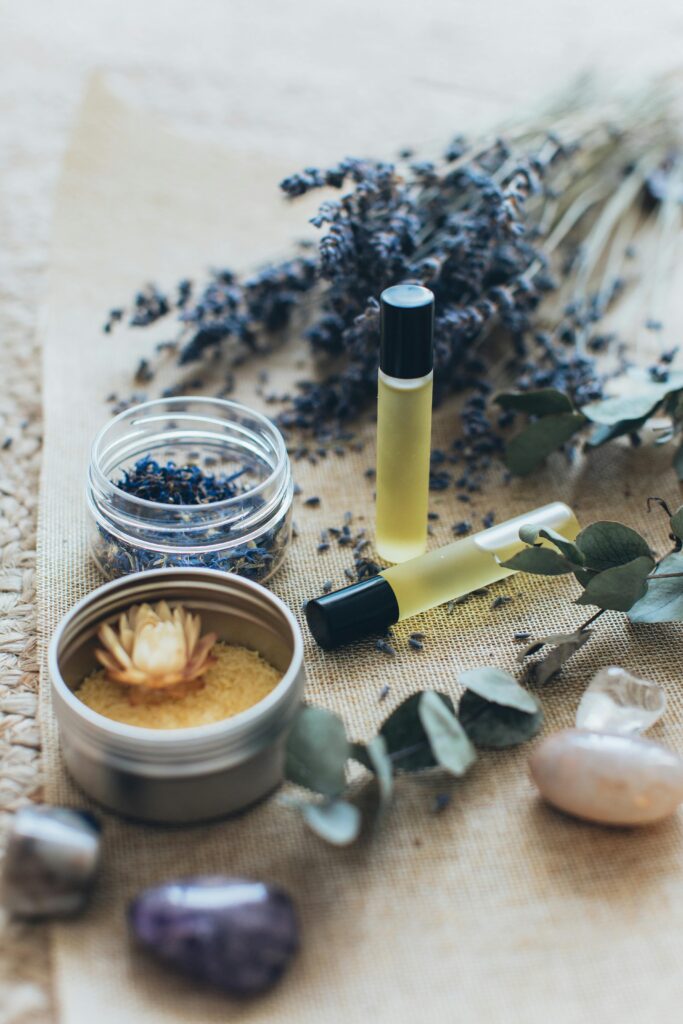
In addition to herbs, essential oils are an invaluable addition to your wellness kit. They are highly concentrated and potent, making them a powerful tool for supporting physical, mental, and emotional health.
1. Tea Tree Oil (Melaleuca alternifolia)
Tea tree oil is one of the most widely used essential oils due to its antibacterial, antiviral, and antifungal properties.
Uses:
- Acne Treatment: Helps reduce acne-causing bacteria and inflammation.
- Antiseptic: Great for treating minor cuts, scrapes, and insect bites.
- Fungal Infections: Effective in treating fungal skin conditions like athlete’s foot.
How to Use:
- Apply diluted tea tree oil to acne-prone areas.
- Use tea tree oil in a foot soak to treat fungal infections.
2. Frankincense Oil (Boswellia carterii)
Frankincense oil is known for its ability to promote relaxation, reduce inflammation, and support the immune system.
Uses:
- Stress Reduction: Frankincense promotes emotional balance and calm.
- Anti-aging: Reduces the appearance of wrinkles and fine lines.
- Respiratory Health: Used to clear congestion and promote breathing.
How to Use:
- Diffuse frankincense oil for emotional and spiritual balance.
- Mix with a carrier oil and apply to skin for its anti-aging benefits.
3. Lavender Oil (Lavandula angustifolia)
In addition to being an essential herb, lavender essential oil is one of the most popular and versatile oils in aromatherapy.
Uses:
- Sleep Aid: Promotes relaxation and helps with insomnia.
- Anxiety Relief: Reduces feelings of stress and anxiety.
- Pain Relief: Eases headaches and menstrual cramps.
How to Use:
- Diffuse lavender oil before bed to promote relaxation.
- Apply diluted lavender oil to temples for headache relief.
4. Lemon Oil (Citrus limon)
Lemon oil is an invigorating oil that is uplifting and purifying.
Uses:
- Detoxification: Supports lymphatic health and detoxifies the body.
- Mood Uplifting: Refreshes and uplifts mood.
- Cleansing: Effective at cleaning surfaces naturally.
How to Use:
Herbs vs. Essential Oils: A Comparison
Here’s a quick comparison table highlighting the key benefits and uses of the essential herbs and oils mentioned above:
| Herb/Oil | Key Benefits | Common Uses | Form of Use |
|---|---|---|---|
| Lavender | Calming, Stress Relief, Skin Soothing | Sleep aid, Anxiety relief, Skin irritation | Tea, Essential oil, Infused oil |
| Echinacea | Immune Boosting, Anti-inflammatory | Cold & flu prevention, Pain management | Tincture, Tea |
| Peppermint | Digestive Aid, Headache Relief, Muscle Relaxation | Nausea relief, Headaches, Muscle pain | Tea, Essential oil, Topical |
| Chamomile | Sleep aid, Digestive health, Skin Care | Insomnia, Digestive issues, Skin inflammation | Tea, Infusion, Essential oil |
| Ginger | Nausea Relief, Anti-inflammatory | Motion sickness, Digestive support | Tea, Essential oil, Topical |
| Tea Tree Oil | Antiseptic, Acne treatment, Fungal relief | Acne, Cuts, Fungal infections | Topical, Bath, Foot soak |
| Frankincense Oil | Stress Reduction, Anti-aging, Respiratory health | Anxiety, Wrinkles, Congestion relief | Diffuse, Topical, Aromatherapy |
| Lemon Oil | Detoxifying, Mood uplifting, Cleaning | Lymphatic health, Mood boost, Surface cleaner | Diffuse, Topical, Household cleaner |
How to Build Your Home Apothecary
Building your own home apothecary is a personal and evolving process. Here’s how to get started:
Step 1: Choose Your Essentials
Focus on herbs and oils that can address multiple health concerns. A good starting point might include:
- Herbs: Lavender, peppermint, chamomile, ginger, echinacea.
- Oils: Tea tree oil, lavender oil, frankincense oil, lemon oil.
Step 2: Learn How to Use Them
Understanding how to use each herb and oil is key to making the most of your apothecary. Research the various ways you can incorporate them into your life (e.g., teas, tinctures, essential oil blends, salves, etc.).
Step 3: Store and Organize Your Apothecary
Store herbs in dark glass containers to preserve their potency. Essential oils should also be stored in dark glass bottles, away from heat and sunlight.
Step 4: Begin Creating Your Own Remedies
Start by creating simple tinctures, teas, or infusions. As you become more familiar with the properties of each herb and oil, you can experiment with creating your own salves, sprays, and lotions.
Check out this Forgotten Home Apothecary- 250 powerful recipes at your fingertips book to start your home apothecary journey. This product is highly recommended.
Conclusion
Building a home apothecary is a wonderful way to harness the healing power of nature. By incorporating essential herbs and oils into your wellness routine, you can support your body and mind in a safe, natural, and cost-effective way. Whether you’re looking to boost your immune system, improve sleep, or soothe irritated skin, your home apothecary can provide you with the tools to live a healthier, more holistic lifestyle. Check out this Forgotten Home Apothecary- 250 powerful recipes at your fingertips book to start your home apothecary journey. This product is highly recommended.
Find our top 5 recommended Apothecary guide and books here:
- Forgotten Home Apothecary : 250 Powerful Remedies at Your Fingertips
- Herbal Remedies Starter Kit For Optimal Health & Vitality: Create Your Homemade Apothecary With Medicinal Herbs & Plants in 5 Steps or Less
- Nature’s Home Apothecary: 500+ Forgotten Remedies Rediscovered to Heal at the Heart of Your Call
- Herbal Tinctures Recipe Book: A Beginner’s Guide to Crafting Traditional Tinctures, Oils, and Other Ancient Natural Remedies for the Health and Well-being of the Whole Family (Home Apothecary)
- The Herbal Detox Guide: Easy Recipes and Techniques to Purify Your Home and Body for Lasting Wellness (The Apothecary of a Home Herbalist Series)
References:
- Smith, M. A. (2018). “The Power of Plants: A Comprehensive Guide to Herbal Medicine.” Herbal Medicine Journal, 32(4), 122-135.
- Johnson, S. P. (2017). “Essential Oils in Everyday Health.” Journal of Aromatherapy and Wellness, 29(2), 59-68.
- Greenfield, A. L. (2020). “The Healing Herbs: A Guide to Natural Remedies.” Natural Health Publications, 15(3), 77-88.
- Miller, T. B. (2019). “The Benefits of Tea Tree Oil for Skin Health.” International Journal of Dermatology, 47(6), 218-223.
As an Amazon Affiliate, we earn from qualifying purchases.

